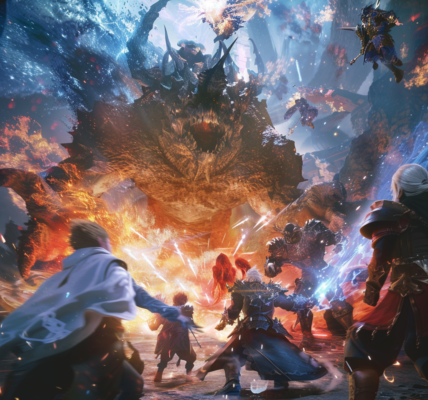Scientists have made a groundbreaking discovery using the James Webb Space Telescope (JWST) and the Hubble Space Telescope, which has provided new insights into the creation of heavy elements in the cosmos. The analysis of a gamma-ray burst (GRB) has revealed that it originated from the collision of two ultradense neutron stars, leading to the production of metals heavier than iron and silver, including gold.
The observations allowed researchers to witness the formation of gold and other heavy elements, shedding light on the turbulent environments created by neutron star merger events. These environments are the only known sites in the universe where elements heavier than iron can be generated, resulting in a phenomenon known as a kilonova.
According to Eleonora Troja, a member of the research team and astrophysicist at the University of Rome, the study of this kilonova using the Hubble and JWST was a thrilling experience. She expressed, ‘This is the first time we’ve been able to verify that metals heavier than iron and silver were freshly made in front of us.’
The discovery marks a significant departure from previous associations of gamma-ray bursts with neutron star mergers. While short GRBs, lasting less than 2 seconds, were previously linked to such events, long GRBs lasting over 2 seconds were believed to result from the collapse of massive stars, not from neutron star collisions.
The latest findings, however, have challenged this belief. The unusually bright and long burst, designated GRB 230307A, detected by NASA’s Fermi mission in March 2023, lasted 200 seconds, making it the second most energetic GRB ever observed. It was associated with a kilonova, designated AT2017gfo, and a neutron star merger located approximately 8.3 million light-years away.
The verification of the production of heavy elements in such events has opened up new avenues for understanding the cosmic processes that shape our universe. The James Webb Space Telescope and the Hubble Space Telescope continue to play pivotal roles in unraveling the mysteries of the cosmos, providing invaluable data for scientists to analyze and interpret.





